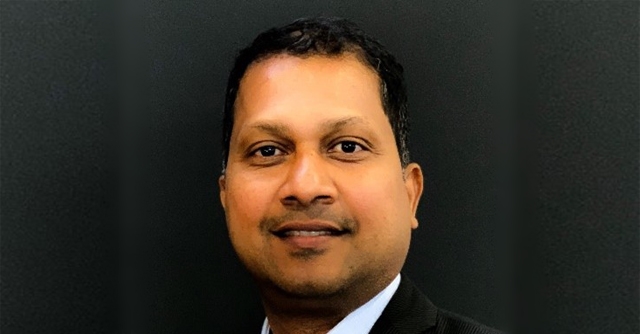
Modernising traditional banking: Leading with technology innovation


Across the globe, the banking industry is undergoing a seismic transformation, driven by evolving customer expectations, technological advancements, and the emergence of new players on the financial services stage. To survive and thrive in this era of disruption, traditional banks are adopting a progressive modernisation strategy and drawing inspiration from foundational design principles that have a proven track record of propelling companies to success.
Customers today are no longer content with basic banking experiences and their quest for superior value-based services is reshaping the industry. In this evolving landscape, customers expect their banking interactions to be just as easy and seamless as the very best e-commerce or ride-hailing experiences. This shift forces traditional banks to redefine their benchmarks and rise to the challenge to deliver transformative experiences that meet these elevated expectations.
The Need for Foundational Design Principle

Disruption in the banking industry doesn't emanate from a single source; it arises from multiple quarters. Embedded finance, open banking regulations, and increased app adoption have made it easy for non-banking players to offer financial services. It's no longer an option but a business imperative for banks to offer excellent experiences to stay relevant in this customer-owned market. High velocity and high friction areas in the traditional banking space are the usual suspects as candidates for innovation.
What sets aside successful companies is their foundational design principles. These companies are technology driven, with a mobile-first approach. They offer personalised products, facilitate quick onboarding, provide real-time services, and leverage APIs to integrate seamlessly with marketplaces. By operating in the cloud and harnessing data for decision making and contextual personalisation, they reduce servicing costs and deliver a superior customer experience.
To sustain profitability, banks must focus on customer retention, increasing Customer Lifetime Value, onboarding new customers cost effectively, and innovating in adjacent areas, such as financial products and services. By offering value-added services that go beyond their core offerings, banks can enhance the customer experience, boost revenue, foster loyalty, and elevate their Net Promoter Score.

Modernisation Strategy for Incumbents
Traditional banks seeking relevance require a modernisation strategy. This approach includes reducing technical debt on monolithic legacy systems, transitioning to modular services, focusing on high-return areas like credit and payments, addressing customer friction in high-velocity processes, and prioritising high-impact customer journeys. Simultaneously, they can look at catering to younger, digitally savvy consumers who are joining the potential prospect category and explore opportunities in underbanked markets to expand their total addressable market. This will help ensure retention of existing customers and build access to potential new segments. This multifaceted strategy empowers banks to stay competitive in an evolving financial landscape where adaptability and innovation are paramount.
The Role of Technology Partners

Crucially, incumbent banks embarking on this transformation journey require the right technology partners who can advise, showcase, and help define their modernisation strategy. These partners need to possess a wide array of offerings aligned with foundational design principles, along with the necessary scale, expertise, customer references/showcases, and strategic partnerships to facilitate a smooth and seamless transition.
In conclusion, the banking industry is undergoing a profound transformation, and traditional banks must adapt to survive. By embracing a modernisation strategy and drawing inspiration from disruptors' foundational design principles, they can navigate these turbulent waters successfully. The future of banking belongs to those who can balance innovation with tradition, delivering unparalleled customer experiences in an ever-evolving landscape.

Sathish Mohan
Sathish Mohan is Vice President — Development, Finxact India Center, Global Services at Fiserv.
